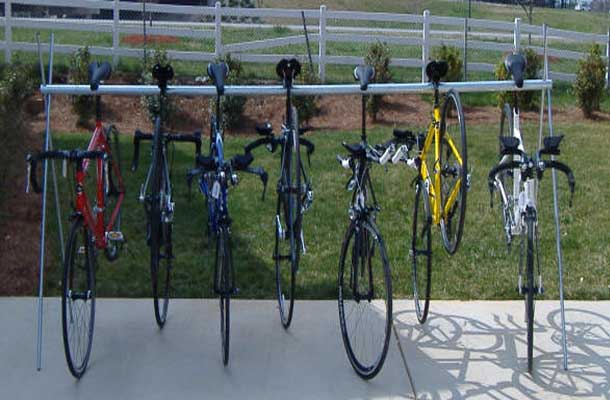 MONTREAL – LIVING – Commuting length, distance, and means are stress factors that can lead to burnout, says Annie Barreck of the University of Montreal’s School of Industrial Relations. “A correlation exists between commuting stress factors and the likelihood of suffering from burnout. But their importance varies according to the individual, the conditions in which their trips take place, and the place where the individual works,” she explained.
MONTREAL – LIVING – Commuting length, distance, and means are stress factors that can lead to burnout, says Annie Barreck of the University of Montreal’s School of Industrial Relations. “A correlation exists between commuting stress factors and the likelihood of suffering from burnout. But their importance varies according to the individual, the conditions in which their trips take place, and the place where the individual works,” she explained.
Barreck’s work compares rural and urban regions of Quebec in terms of their commuting patterns, including types of transport used (car, subway, bus, bike, etc.) and links these patterns to the three dimensions of burnout: emotional burnout, cynicism and professional efficacy. The study involved 1,942 people, aged between 17 and 69, working at 63 organizations in Quebec. Data was collected through Canada’s SALVEO survey. Burnout symptoms were ascertained through the Maslah Burnout Inventory General Survey. The findings show that there is a significant link between commuting (i.e. the trip between home and work) and the presentation of the symptoms professional burnout.
No surprises: the bigger the city, the more stressful the commute, at least for people travelling by car. “People commuting towards rural areas, or even suburban areas, feel less stressed out,” Barreck said, the finding coming as no surprise to her either. She did however note that passengers are more likely to be stressed out than drivers. “Carpooling reduces the passenger commuters’ sense of control, which causes them more stress before they’ve even arrived at work,” she said.
However, people commuting towards rural areas are not entirely spared: those who take long trips in public transit feel less effective in the workplace. “Public transit implies bus or train connections, and as rural regions are less well served, the risk of unforeseeable and uncontrollable delays is increased, causing stress that is carried over into the workplace,” Barreck explained. The opposite is true for transit users in major urban areas: the variety of types and times of service means they’re less likely to have symptoms of burnout.
Biking is also a mixed bag that is determined by the profile of the area the commuter is working in. Commuting by bike in the suburbs is particularly stressful. “Cyclists in the suburbs have a lesser sense of control than cyclists in the city,” Barreck explained. “Cyclists and walkers in the city have access to safety features such as cycle paths and pedestrian crossings, which increases their sense of control over their commute. Meanwhile, as businesses have been leaving city centres over the past 20 years, car traffic continues to increase in the suburbs. In the country, cyclists and walkers use quiet country roads, which are comparatively less stressful and offer a greater sense of control.”
Commuting doesn’t have to contribute to burnout. “The effects of the duration of a commute on a person’s mental health vary according to the type of transport used and the profile of the area where the person works,” Barreck said. Her findings show that the risk of burnout increases significantly when a commute lasts more than 20 minutes. In Quebec, it takes an average of 32. Above 35 minutes, all employees are at increased risk of cynicism toward their job. Barreck believes this should lead employers to adopt flexible commuting arrangements. “Managing employee commuting flexibly would increase employee efficiency and moreover enable organisations to attract or retain workers. In the current context of skill shortages, employers have everything to gain from facilitating the mental health of their employees,” she said.







